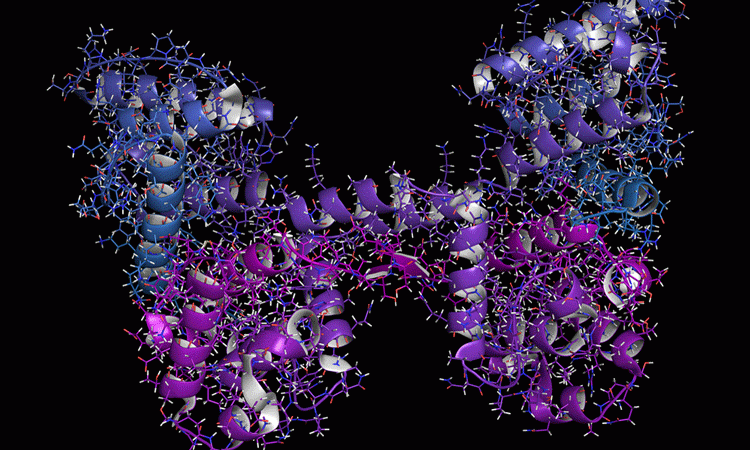CRISPR used to treat Duchenne muscular dystrophy in mice
Posted: 18 September 2019 | Victoria Rees (Drug Target Review) | No comments yet
A study has shown that CRISPR can be used as a regenerative technique to treat Duchenne muscular dystrophy, which could be developed as a therapeutic option for humans.


Researchers have successfully demonstrated in a mouse model that CRISPR can regenerate muscle suffering from Duchenne muscular dystrophy (DMD). They believe that with more study, their method may be used to treat children with the condition.
The study was led by the University of Missouri School of Medicine, US in collaboration with other researchers. Previous research has shown that children with DMD have a gene mutation that interrupts the production of a protein known as dystrophin.
“If we can correct the mutation in muscle stem cells, then cells regenerated from edited stem cells will no longer carry the mutation. A one-time treatment of the muscle stem cells with CRISPR could result in continuous dystrophin expression in regenerated muscle cells,” said Dr Dongsheng Duan, Margaret Proctor Mulligan Professor in Medical Research in the Department of Molecular Microbiology and Immunology at the MU School of Medicine and the senior author of the study.
The researchers first delivered the gene editing tools to immune-deficient mouse muscle through a viral vector known as AAV9. They observed that the transplanted muscle died first, then regenerated from its stem cells, which carried the edited gene.
Previous research has shown that children with DMD have a gene mutation that interrupts the production of a protein known as dystrophin”
Next, they tested their method in a mouse model of DMD. The stem cells in the diseased muscle were edited and produced dystrophin.
“This finding suggests that CRISPR gene editing may provide a method for lifelong correction of the genetic mutation in DMD and potentially other muscle diseases,” Duan said. “Our research shows that CRISPR can be used to effectively edit the stem cells responsible for muscle regeneration. The ability to treat the stem cells that are responsible for maintaining muscle growth may pave the way for a one-time treatment that can provide a source of gene-edited cells throughout a patient’s life.”
The results were published in Molecular Therapy.
Related topics
CRISPR, Gene Therapy, Genome editing, Genomics, Regenerative Medicine, Research & Development, Stem Cells
Related organisations
University of Missouri School of Medicine
Related people
Dr Dongsheng Duan



